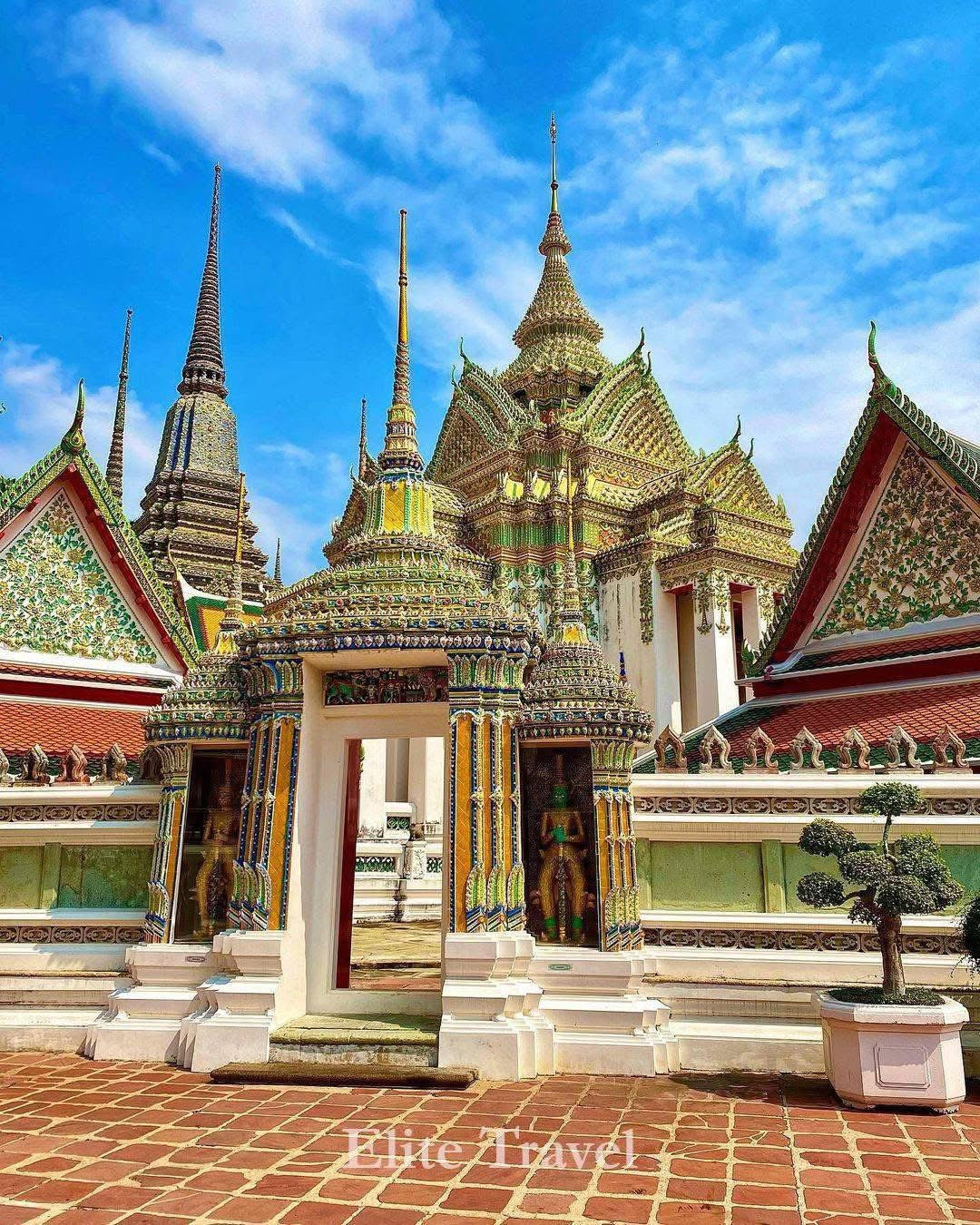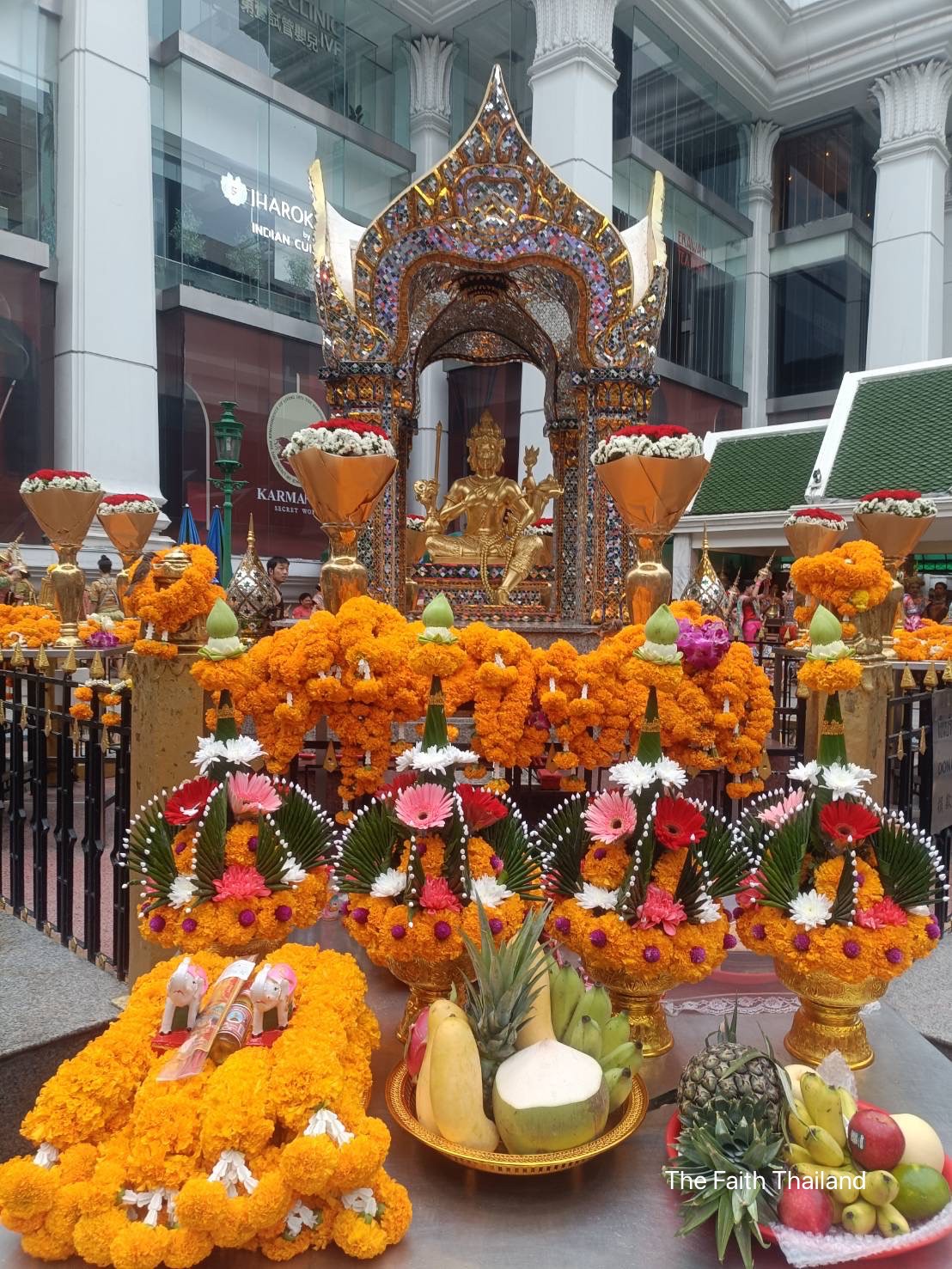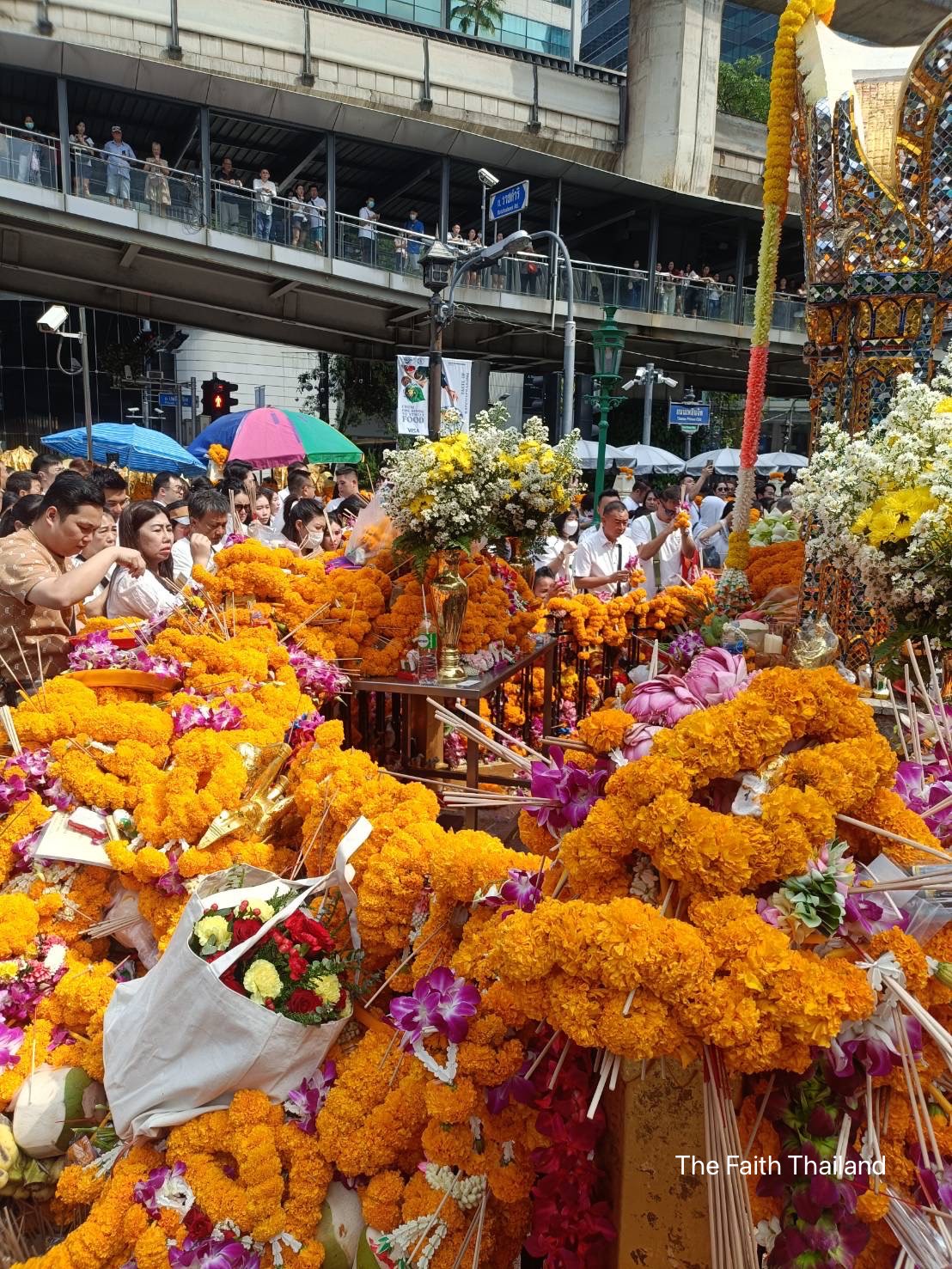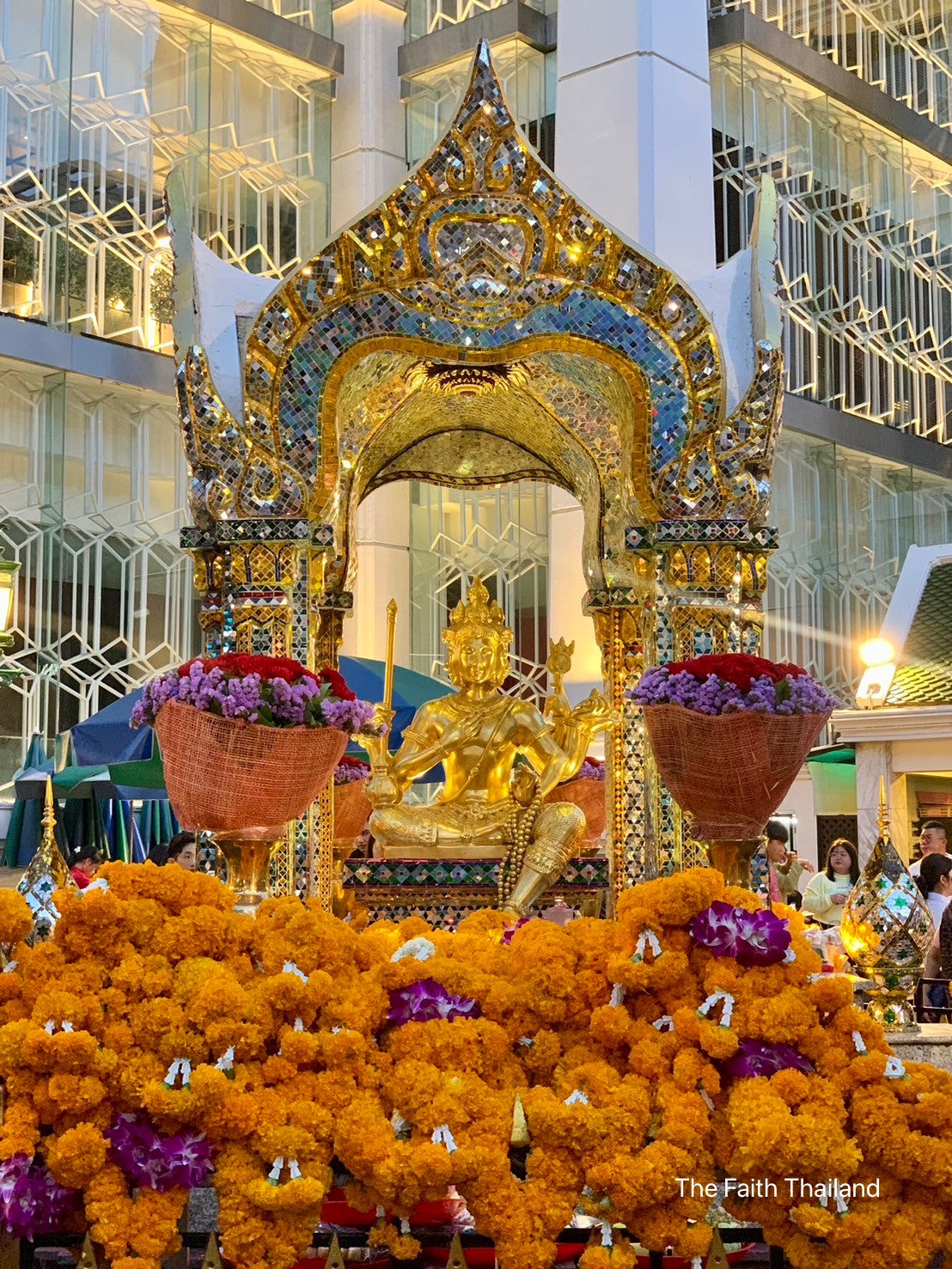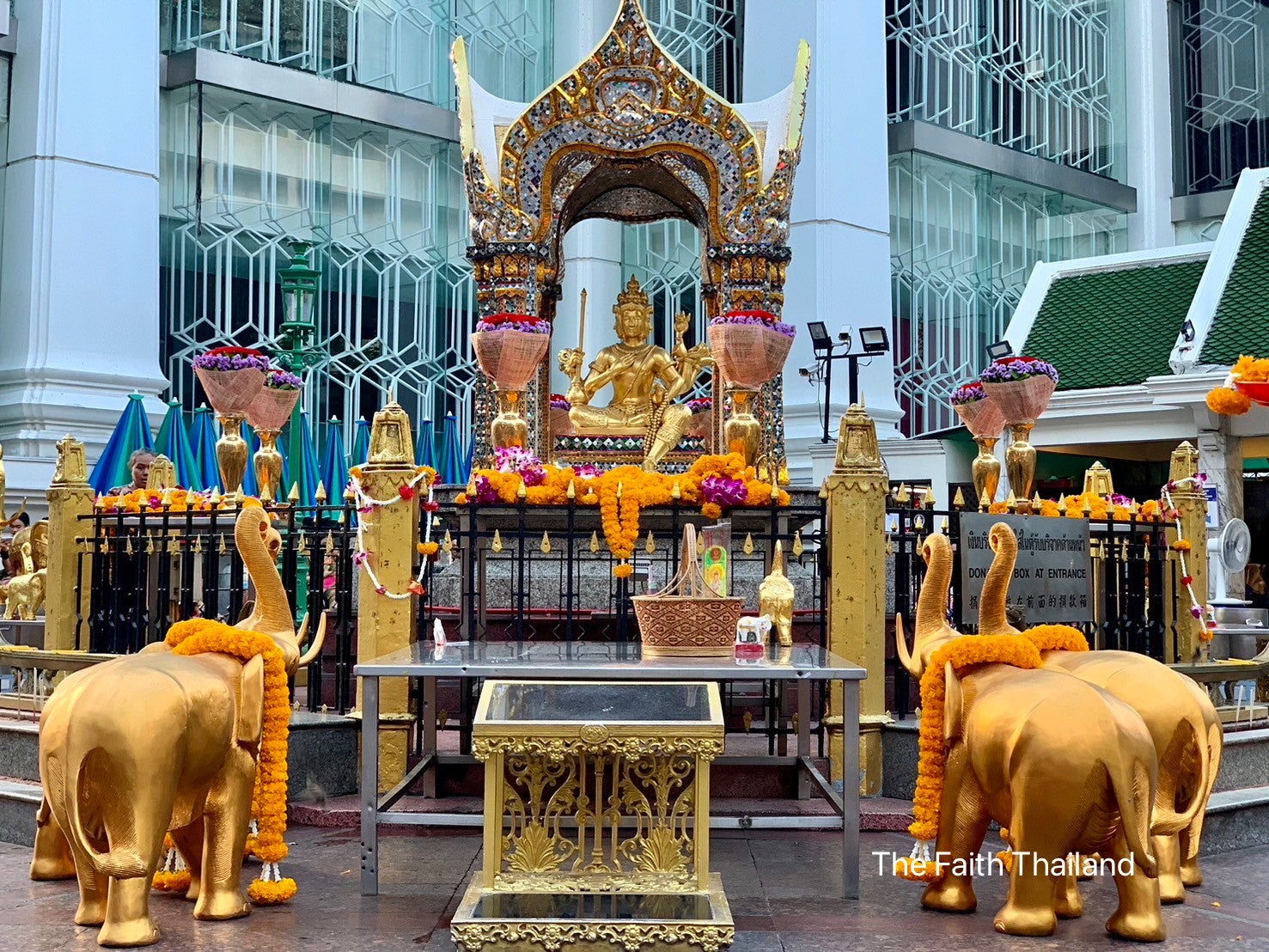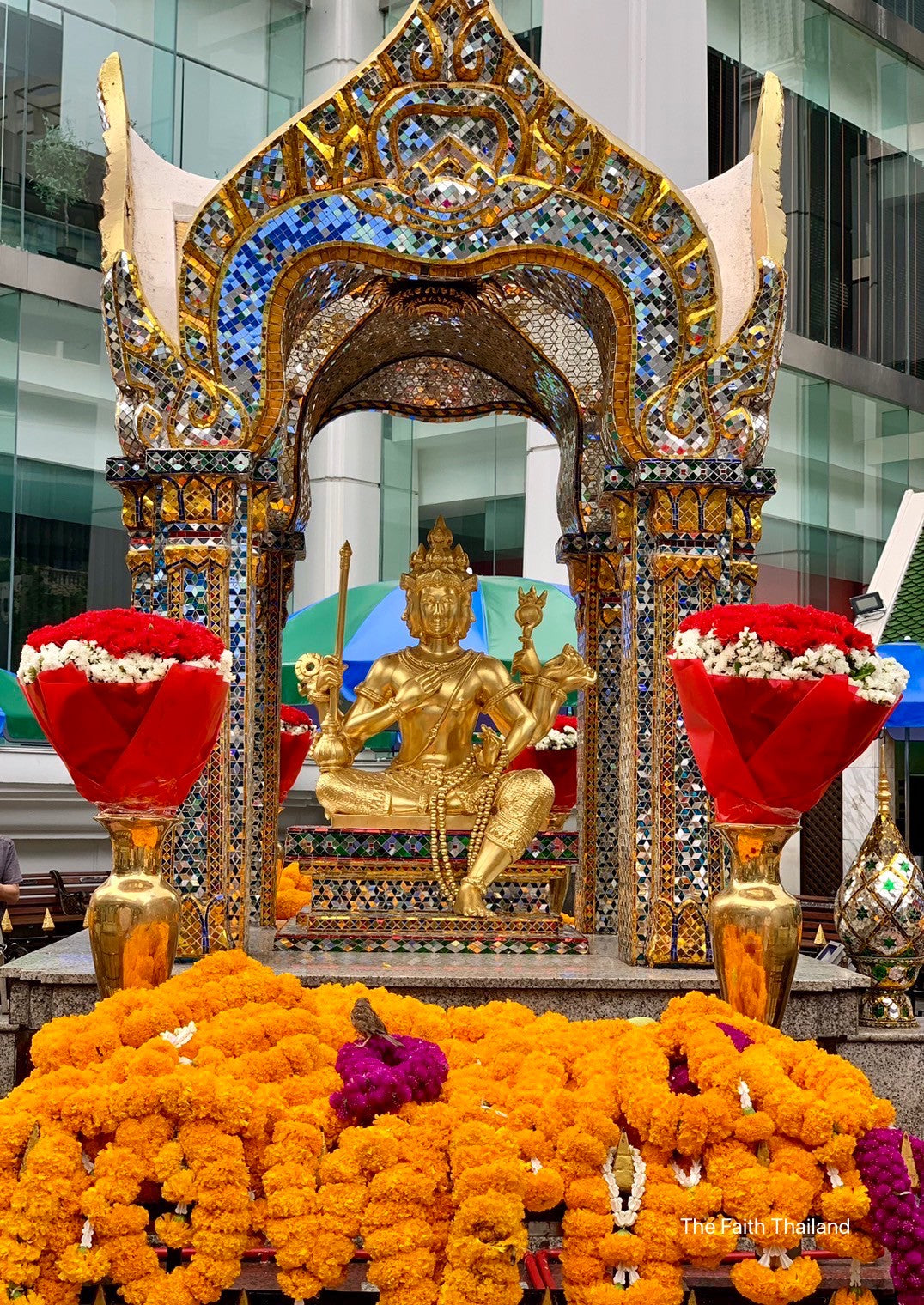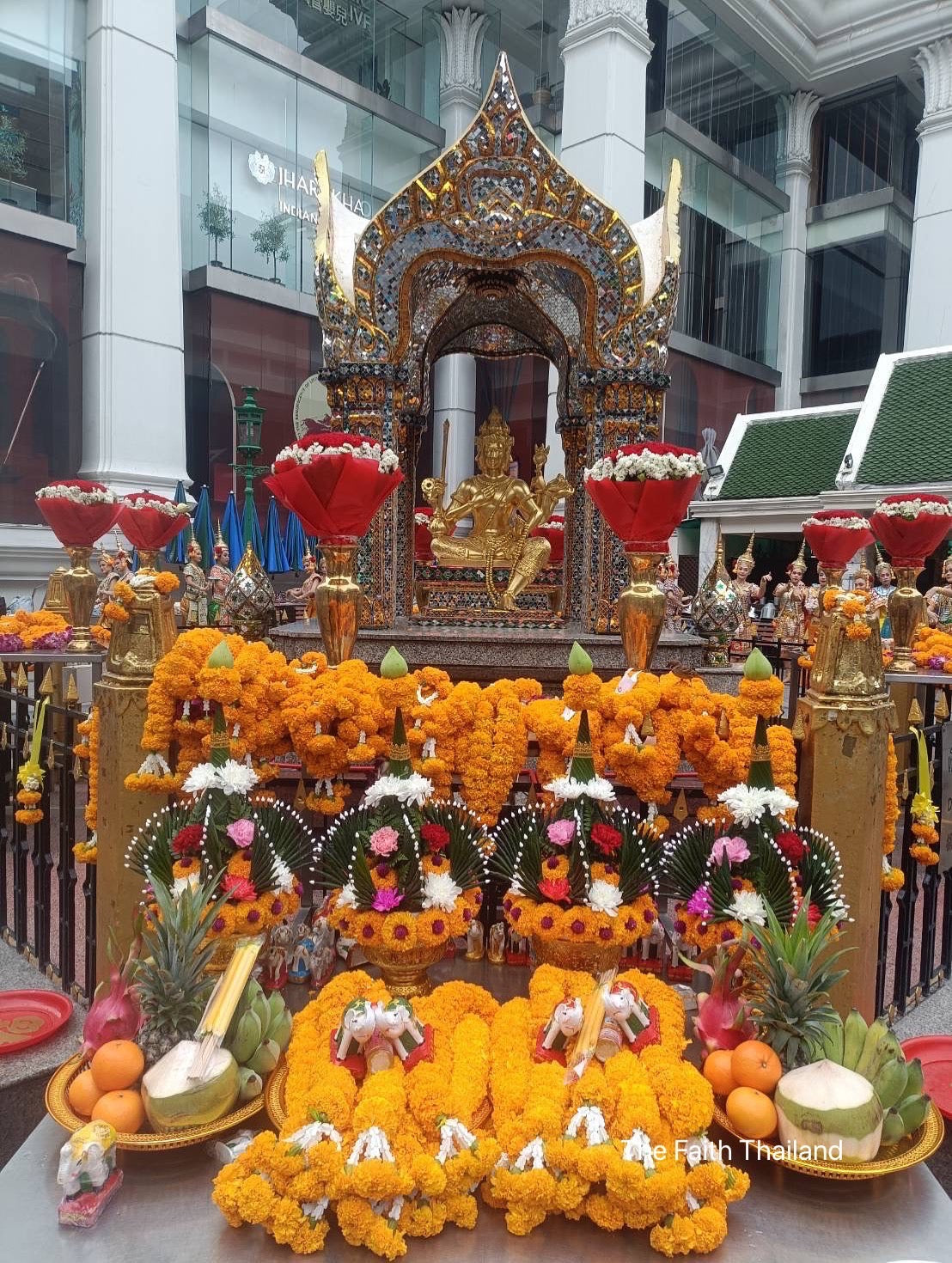泰国寺庙建筑:拜佛文化中不容错过的艺术瑰宝
泰国,以其深厚的佛教传统和壮丽的寺庙建筑闻名于世。若想真正理解泰国拜佛文化的精髓,其寺庙便是最不可错过的艺术瑰宝。无论是曼谷的繁华还是偏远乡村,遍布的寺庙都承载着泰国人民对信仰的虔诚和对艺术的追求。让我们深度探索这些壮美建筑背后的文化意义,以及它们如何在泰国佛教信仰中扮演不可或缺的角色。
泰国寺庙建筑的独特美学
泰国寺庙建筑(Wat)的设计兼具艺术和灵性,运用复杂的细节与丰富的色彩表达佛教教义。寺庙的主要建筑结构包括佛殿(Ubosot)、佛塔(Chedi)和藏经阁等,每一部分都有其深远的象征意义。例如,佛塔作为释迦牟尼佛舍利的存放之地,是信徒们朝圣的核心。其尖顶结构象征通往涅槃的道路,这种设计无疑体现了佛教对“超脱凡尘”的追求。
此外,泰国寺庙的装饰工艺令人叹为观止。例如在曼谷的卧佛寺(Wat Pho)中,雕刻、镶嵌和绘画艺术交织一体,形成了令人难以忘怀的视觉震撼。
您可以阅读我们的相关文章 《揭开卧佛寺的神秘面纱:传说与历史的碰撞》,深入解析卧佛寺艺术精髓。

寺庙建筑中的文化深意
泰国寺庙的建筑不仅仅是宗教活动的场所,更是文化和历史的体现。每个寺庙都讲述着泰国历史上一段动人的故事。例如,坐落于曼谷的四面佛寺庙以其独特的四面佛雕像闻名,信徒们相信它能够带来健康、财富、事业和爱情。
关于四面佛的故事,我们推荐阅读 《解析泰国四面佛传奇中的神秘力量》,探索宗教与建筑间的奇妙联系。

此外,泰国寺庙的设计还体现出对自然的尊重。例如,大多数寺庙充分利用自然光线,为内部空间营造出祥和、宁静的氛围。这种对自然的尊敬正呼应了佛教强调的和谐理念。
有关如何通过冥想体验与自然融为一体,参阅 《泰国寺庙与静修:寻找内心宁静的圣地》 深入阅读。

如何体验泰国寺庙建筑的艺术之美
到访泰国寺庙不仅是一次视觉的享受,更是一次心灵的洗礼。为尊重当地文化,请务必了解相关的礼节与礼仪。您可参考我们的文章《旅行者的指南:泰国拜佛文化礼节解析》(尚未上线)以获得完整导览建议。
为了将这份文化记忆带回家中,我们也推荐您浏览我们的 产品精选页面,选购富有泰国佛教文化意义的纪念品、摆件或手工艺品。
结语
泰国寺庙建筑不仅是宗教信仰的象征,更是泰国文化与艺术的结晶。当您漫步寺庙间,感受华美的雕刻与庄严的佛像时,您会深刻体会到泰国人民对信仰和艺术的无尽热情。不妨趁下一次旅行,规划一次深入的泰国寺庙文化之旅,开启您的文化探索之路。
探索更多关于泰国寺庙文化的精彩内容,请阅读我们相关文章如 《走进泰国四面佛灵异传说的深邃世界》 与 《通过镜头看祈愿:泰国寺庙仪式的视觉故事》,带您看透信仰背后的智慧和艺术之美。
立即探索泰国信仰文化
准备开启一段深刻的文化发现了吗?
现在就浏览我们的泰国佛教文化精选商品 →
Thai Temple Architecture: An Artistic Treasure Not to Be Missed in the Culture of Worship
Thailand is renowned worldwide for its deep Buddhist traditions and magnificent temple architecture. To truly understand the essence of Thai worship culture, its temples are the artistic treasures that must not be missed. From the bustling city of Bangkok to remote villages, the widespread temples embody the Thai people's devotion to faith and pursuit of art. Let us delve into the cultural significance behind these magnificent structures and how they play an indispensable role in Thai Buddhist beliefs.
The Unique Aesthetics of Thai Temple Architecture
The design of Thai temples (Wat) combines artistry and spirituality, using intricate details and rich colors to express Buddhist doctrines. The main architectural structures of the temple include the Ordination Hall (Ubosot), the Stupa (Chedi), and the Library Pavilion, each holding profound symbolic meaning. For example, the Stupa serves as the repository for the relics of Buddha Shakyamuni, forming the core of pilgrimage for the faithful. Its spire structure symbolizes the path to Nirvana, reflecting Buddhism's pursuit of 'transcendence from the mundane.'
Additionally, the decorative craftsmanship of Thai temples is awe-inspiring. For instance, in the Temple of the Reclining Buddha (Wat Pho) in Bangkok, the intertwining of carving, inlay, and painting art creates an unforgettable visual sensation.
You can read our related article "Unveiling the Mystery of the Temple of the Reclining Buddha: The Clash of Legend and History" for an in-depth analysis of the artistic essence of Wat Pho.

Cultural Depth in Temple Architecture
Thai temple architecture is not just a venue for religious activities; it is also a reflection of culture and history. Each temple recounts a moving story in Thai history. For instance, the Erawan Shrine in Bangkok is famous for its unique four-faced Buddha statue, which believers trust can bring health, wealth, career, and love.
For the story of the four-faced Buddha, we recommend reading "Analyzing the Mysterious Power in the Legend of Thailand's Four-faced Buddha" to explore the fascinating links between religion and architecture.

Moreover, the design of Thai temples reflects a respect for nature. For instance, most temples fully utilize natural light to create a peaceful and tranquil atmosphere within their spaces. This respect for nature echoes Buddhism's emphasis on harmony.
For further reading on how to experience oneness with nature through meditation, consult "Thai Temples and Retreats: Finding Sanctuaries of Inner Peace".

How to Experience the Artistic Beauty of Thai Temple Architecture
Visiting Thai temples is not only a visual enjoyment but also a spiritual cleansing. To respect local culture, be sure to understand relevant etiquette and formalities. You can refer to our article "Traveler's Guide: Analysis of Thai Worship Culture Etiquette" (coming soon) for a complete guide.
To bring back this cultural memory, we also recommend browsing our curated product selection to purchase souvenirs, ornaments, or handicrafts with significant Thai Buddhist cultural meaning.
Conclusion
Thai temple architecture is not only a symbol of religious belief but also a crystallization of Thai culture and art. As you walk among the temples, admiring the splendid carvings and solemn Buddha statues, you will deeply feel the endless passion of the Thai people for faith and art. Why not plan an in-depth Thai temple cultural tour on your next journey to embark on your path of cultural exploration?
For more fascinating content about Thai temple culture, please read our related articles such as "Entering the Deep World of the Eerie Legends of Thailand's Four-faced Buddha" and "Seeing Prayer Through the Lens: The Visual Story of Thai Temple Ceremonies", to look through the wisdom and artistic beauty behind faith.
Explore Thai Faith Culture Now
Ready to embark on a profound cultural discovery?
Browse our curated Thai Buddhist cultural products now →

